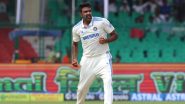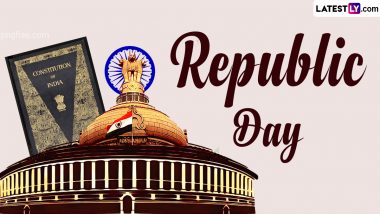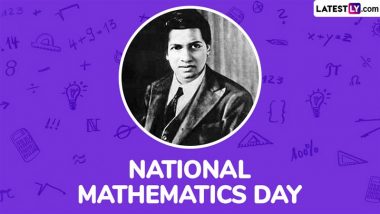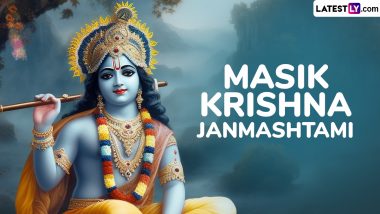Republic Day in India is celebrated annually on January 26 with great dedication and enthusiasm across the country. The national holiday marks the day when the Constitution of India came into effect in 1950. This replaced the Government of India Act 1935 as the governing document of India, thus turning the nation from a dominion into a republic separate from the British Raj. The constitution was adopted by the Indian Constituent Assembly on November 26, 1949, and came into effect on January 26, 1950. Republic Day of India holds great significance as it marks the transformation of India into a sovereign, socialist, secular, and democratic republic. Republic Day and Independence Day Difference: Know the Date, History and Significance of the Two National Holidays in India.
In this article, let’s understand the importance of the Indian Constitution and the significance of Republic Day.
- The Indian Constitution holds immense importance as it serves as the foundational legal document and the supreme law of the land.
- Adopted on January 26, 1950, the Indian Constitution plays a pivotal role in shaping the country's governance and society.
- January 26 was chosen as the date for Republic Day, as it was on that day in 1930 when the Declaration of Indian Independence was proclaimed by the Indian National Congress.
- On August 29, 1947, a resolution was moved for the appointment of a Drafting Committee, which was appointed to draft a permanent constitution with Dr B R Ambedkar as chairman.
- A draft constitution was prepared by the committee and submitted to the Constituent Assembly on November 4, 1947. The Assembly met for 166 days in public sessions spanning two years, 11 months, and 17 days before adopting the Constitution.
- After much deliberation, the 308 members of the Assembly signed two handwritten copies of the document (one in Hindi and one in English) on January 24, 1950.
- Two days later, on January 26, 1950, the Constitution of India came into effect throughout the nation.
- On that day, Dr Rajendra Prasad began his first term of office as President of the Indian Union. The Constituent Assembly became the Parliament of India under the transitional provisions of the new Constitution.
- In India, Republic Day celebrations are held grandly in New Delhi at the Rajpath (Kartvya Path) before the President of India and several other dignitaries. On this day, ceremonious parades take place at the Kartvya Path, which are performed as a tribute to India; its unity in diversity and rich cultural heritage.
- The Beating Retreat ceremony is held after officially denoting the end of Republic Day festivities. It is conducted on the evening of January 29, the third day after Republic Day. It is performed by the bands of the three wings of the military: the Indian Army, the Indian Navy, and the Indian Air Force. The venue is Raisina Hill and an adjacent square, Vijay Chowk, flanked by the north and south blocks of the Rashtrapati Bhavan (President's Palace) towards the end of Rajpath.
Republic Day is one of the three national holidays in India, the other two being Independence Day and Gandhi Jayanti. While India's Independence Day celebrates its freedom from British rule, Republic Day celebrates the coming into force of its constitution.
(The above story first appeared on LatestLY on Jan 25, 2024 07:04 PM IST. For more news and updates on politics, world, sports, entertainment and lifestyle, log on to our website latestly.com).













 Quickly
Quickly




















